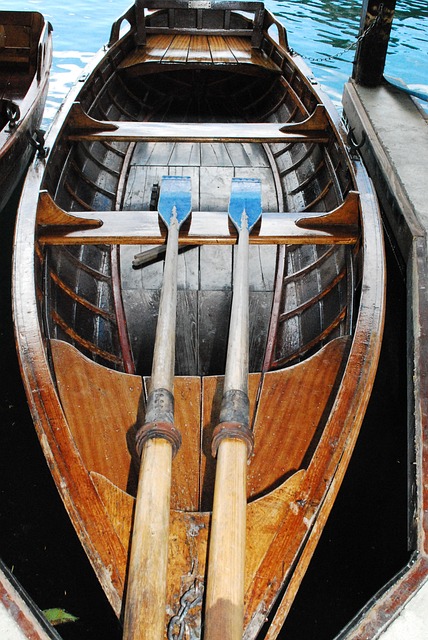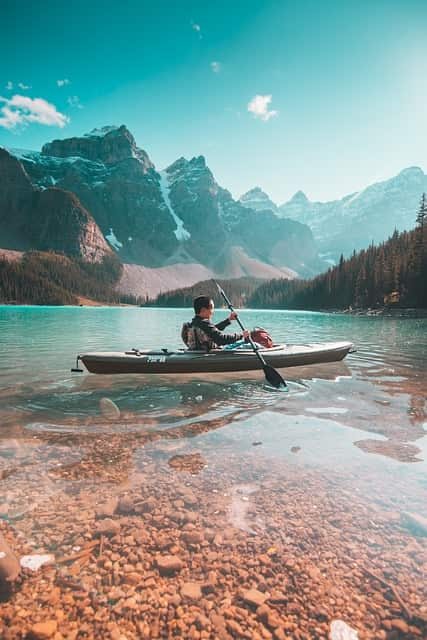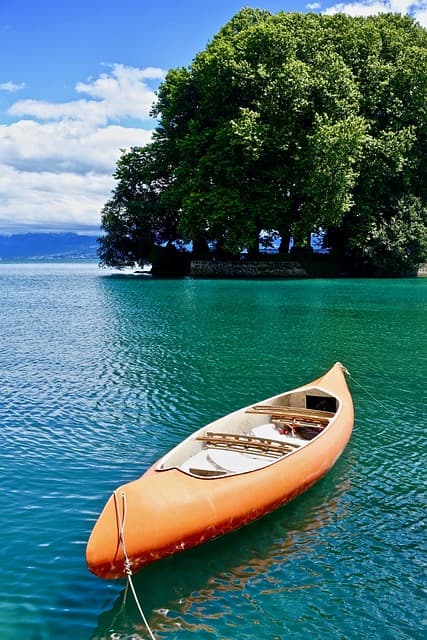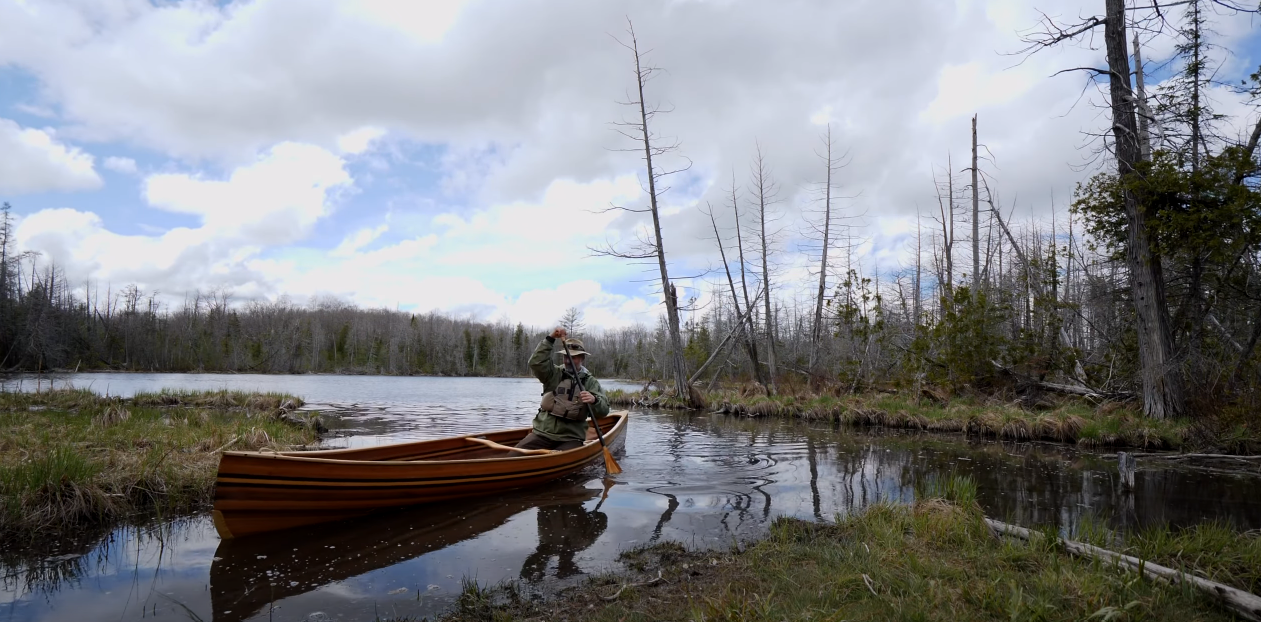Canoeing is a popular recreational activity that allows enthusiasts to immerse themselves in the beauty of nature while navigating through serene waters. Whether you’re a beginner or a seasoned paddler, understanding the various parts of a canoe is essential for a safe and enjoyable experience on the water. In this article, we will delve into the different components that make up a canoe, their functions, and some frequently asked questions to enhance your understanding of this timeless watercraft. For a visual aid, check out this informative video on canoe parts.
The Anatomy of a Canoe
A canoe is a sleek and versatile watercraft that consists of several distinct parts, each contributing to its overall performance and functionality. Let’s explore these components in detail:
1. Hull
The hull stands as the canvas upon which the entire canoe experience is painted. It shapes the very essence of how the canoe interacts with water. The diversity of hull shapes presents an array of attributes to cater to varying aquatic settings:
| Hull Shape | Characteristics |
|---|---|
| Flat-bottomed | Unmatched initial stability; perfect for fishing. |
| Rounded | A ballet of maneuverability; ideal for rivers. |
| V-shaped | Noble tracking; adept on open waters. |
2. Gunwales
Gunwales elegantly trace the canoe’s contours, blending form and function. As a framework for attachments, gunwales come to life in various materials, each presenting its own blend of aesthetics and strength:
| Gunwale Material | Characteristics |
|---|---|
| Wood | Timeless beauty. |
| Aluminum | Light yet durable. |
| Composite | Contemporary resilience. |
3. Decks
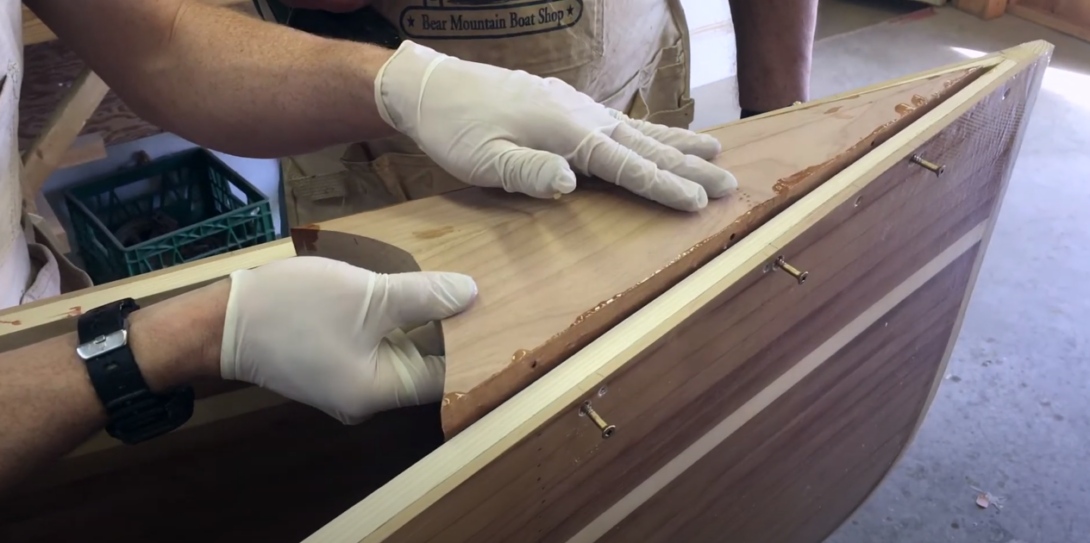
Decks at the bow and stern showcase a meticulous balance between aesthetics and practicality. They serve as both guardians against splashes and havens for stowing essentials:
| Deck Type | Purpose |
|---|---|
| Open Deck | Quick access to gear; minimalist. |
| Enclosed Deck | Secure storage; weather protection. |
4. Thwarts
Thwarts are the silent sentinels of stability. Their strategic positioning across the canoe’s width ensures structural integrity and prevents the dreaded collapse:
| Thwart Placement | Function |
|---|---|
| Center | Unwavering core rigidity. |
| Bow and Stern | Enhanced localized stability. |
5. Seats
Seats epitomize the intersection of comfort and control, enhancing the paddling experience:
| Seat Type | Characteristics |
|---|---|
| Webbed | Breathable; lightweight. |
| Molded | Ergonomic; supportive. |
| Padded | Extended comfort on water. |
6. Yoke
The yoke is an embodiment of practicality and tradition, allowing for graceful portaging:
| Yoke Features | Benefits |
|---|---|
| Crossbeam Design | Balanced weight distribution. |
| Padded Surface | Comfort during transport. |
7. Keel
The keel, a guardian beneath, empowers the canoe’s tracking and stability, offering options for diverse water conditions:
| Keel Type | Effects on Canoe |
|---|---|
| Pronounced Keel | Unyielding tracking prowess. |
| Minimal Keel | Agile maneuverability. |
8. Stem
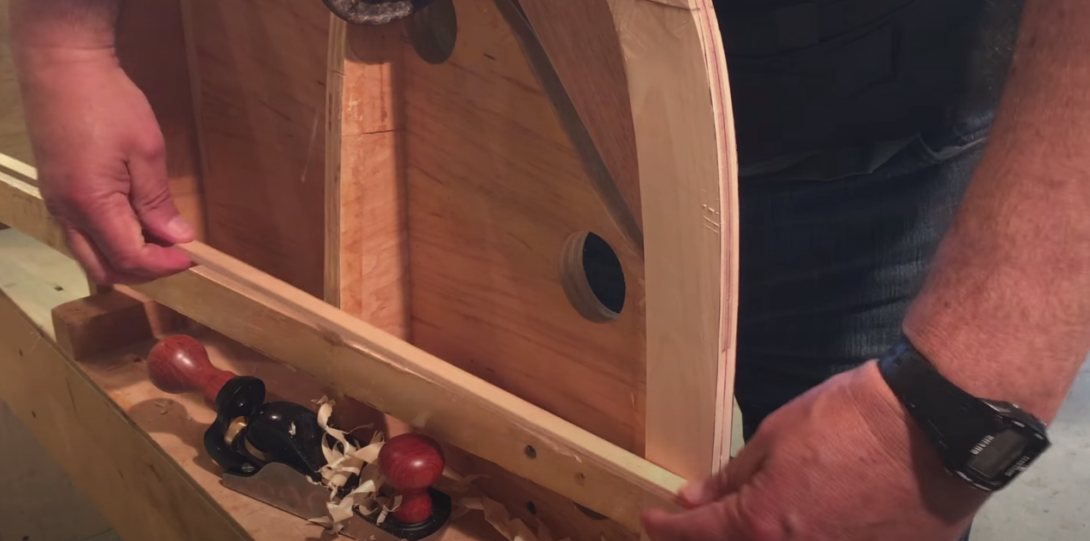
The stem, housing the bow and stern, intertwines aesthetics with functionality, shaping the canoe’s behavior on water:
| Stem Design | Implications |
|---|---|
| Graceful Curve | Improved hydrodynamics. |
| Angular Edges | Water displacement efficiency. |
9. Bow and Stern
The bow and stern encapsulate the canoe’s essence and purpose. They symbolize the dynamic balance of design and performance:
| Bow Characteristics | Stern Characteristics |
|---|---|
| Sleek and pointed | Wider and more stable |
| Slices through water | Enhances buoyancy |
Conclusion
Exploring the various parts of a canoe is not only educational but also essential for a safe and enjoyable paddling experience. From the hull to the seats, each component plays a crucial role in determining the canoe’s performance and handling characteristics. Whether you’re a beginner or an experienced paddler, having a solid understanding of canoe parts will empower you to make informed decisions when selecting, using, and maintaining your canoe. So, gear up, paddle out, and enjoy the tranquil waters with confidence!
Enhance your understanding of canoe parts by watching this informative video that visually breaks down the different components and their functions. The video provides a step-by-step walkthrough, making it easier to grasp the anatomy of a canoe.
FAQ
Canoes can be constructed from various materials, including wood, aluminum, fiberglass, Kevlar, and Royalex (a type of plastic). Each material has its advantages and disadvantages in terms of weight, durability, cost, and performance.
When selecting a canoe, consider factors such as the type of water you’ll be paddling on, the number of passengers, desired features (e.g., storage compartments), and your skill level. Consulting with experts or experienced paddlers can help you make an informed decision.
Regular maintenance includes cleaning the canoe after each use, storing it in a dry and shaded area, and periodically inspecting for any damage. If the canoe is made of wood, it may require additional care such as varnishing to protect it from water.
Minor damages like scratches can often be repaired using appropriate repair kits. For more significant damage, it’s recommended to seek professional repair services to ensure the canoe’s structural integrity is maintained.
Yes, canoe designs vary based on their intended use. For example, recreational canoes prioritize stability and ease of use, while whitewater canoes are designed to handle rough water conditions. Touring canoes offer better tracking for long-distance trips.
